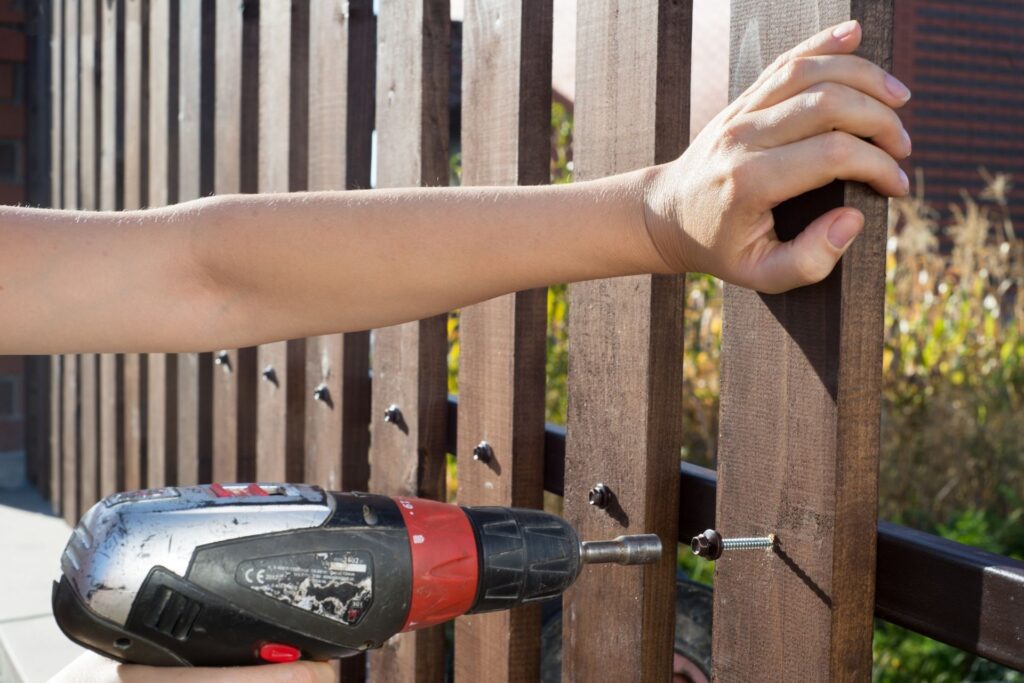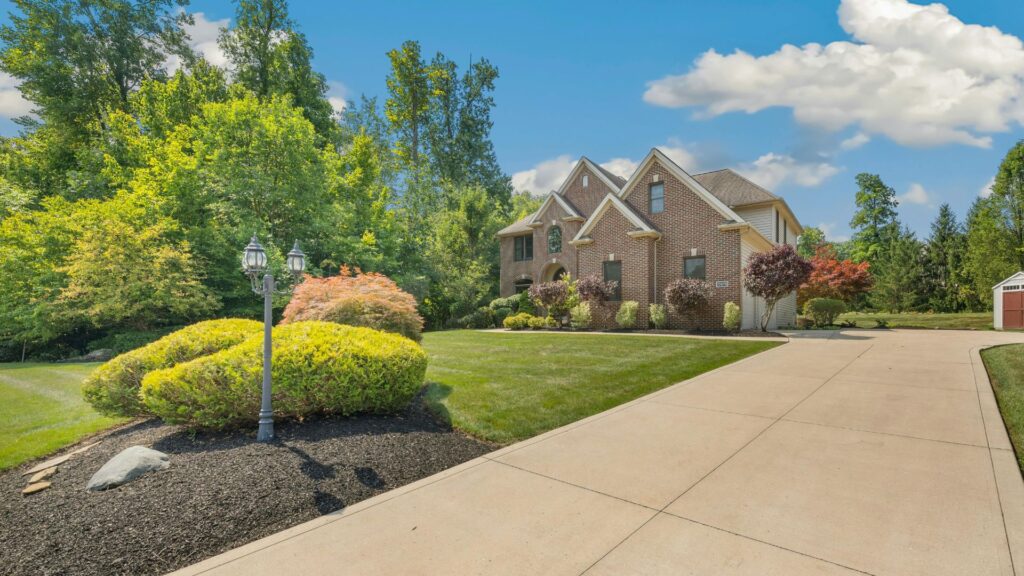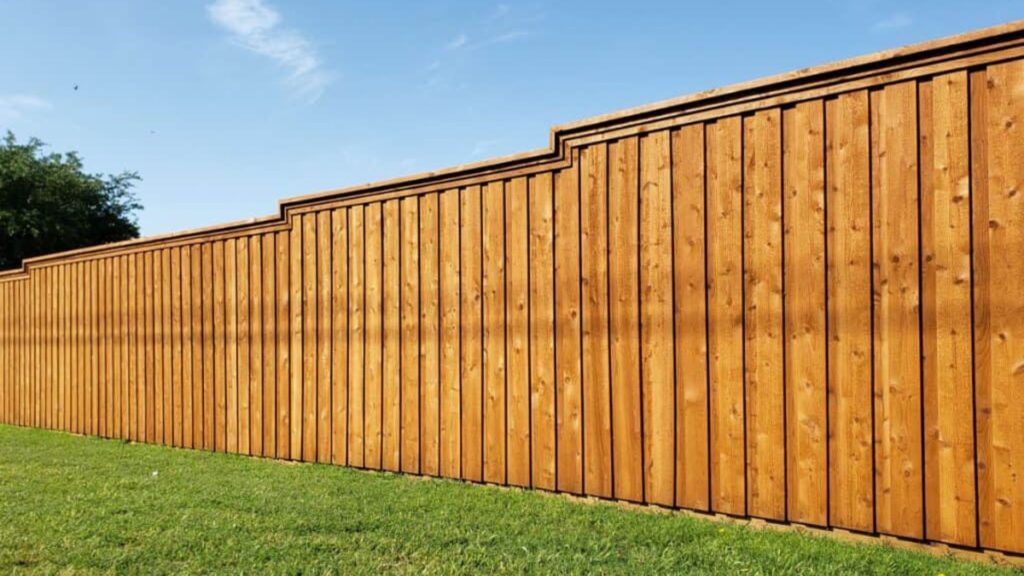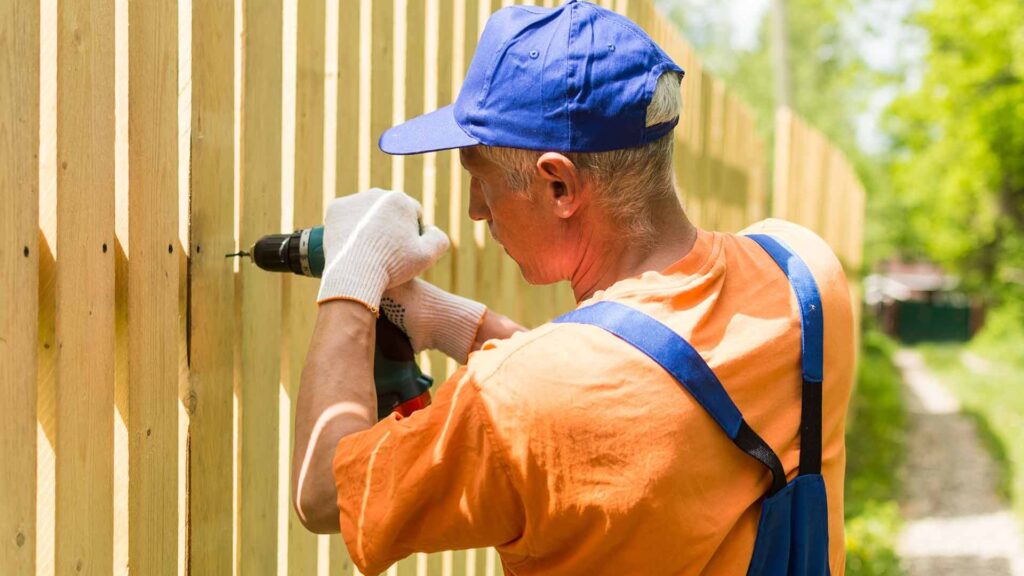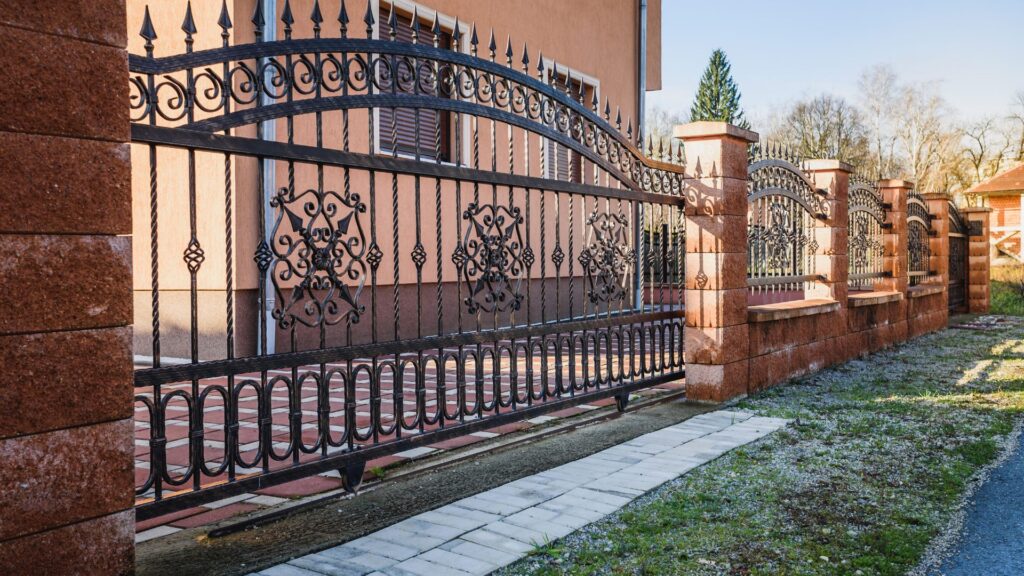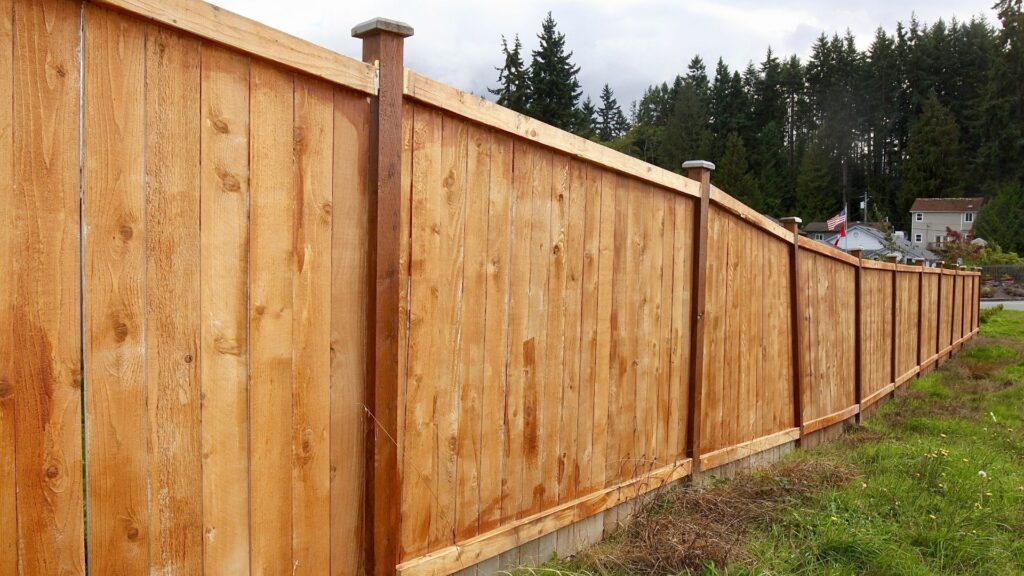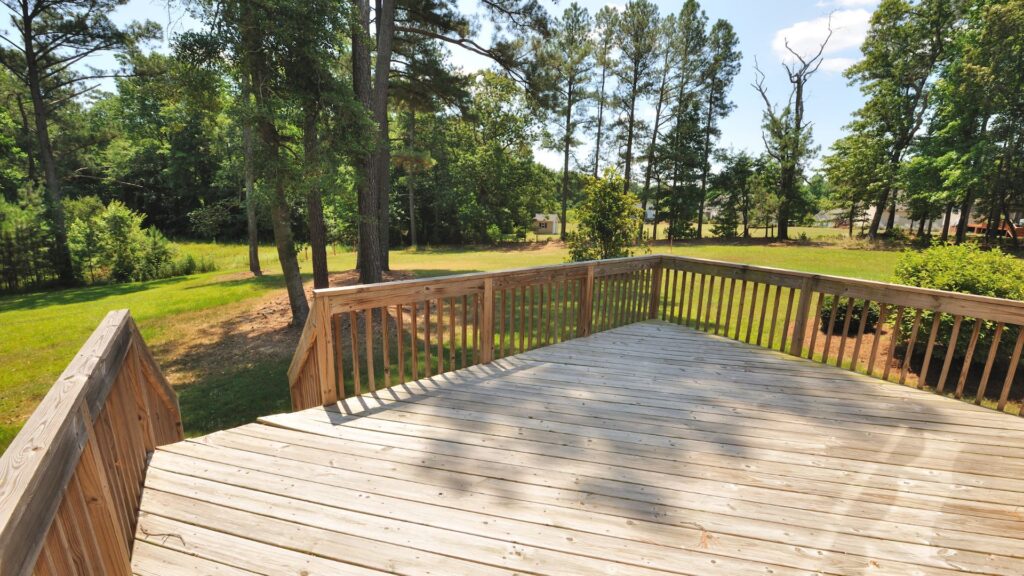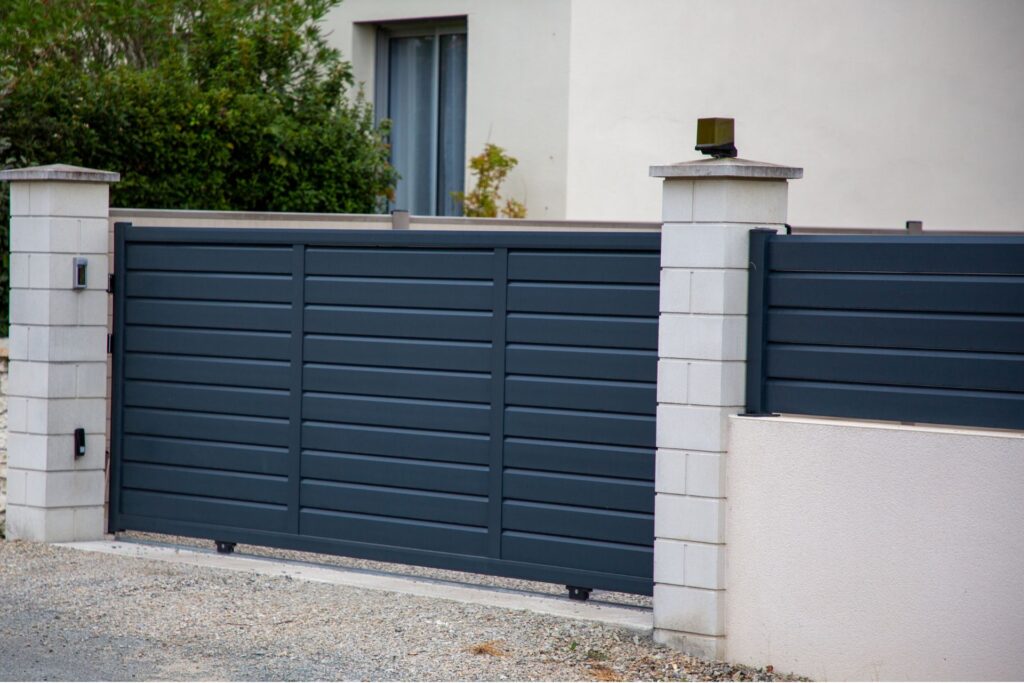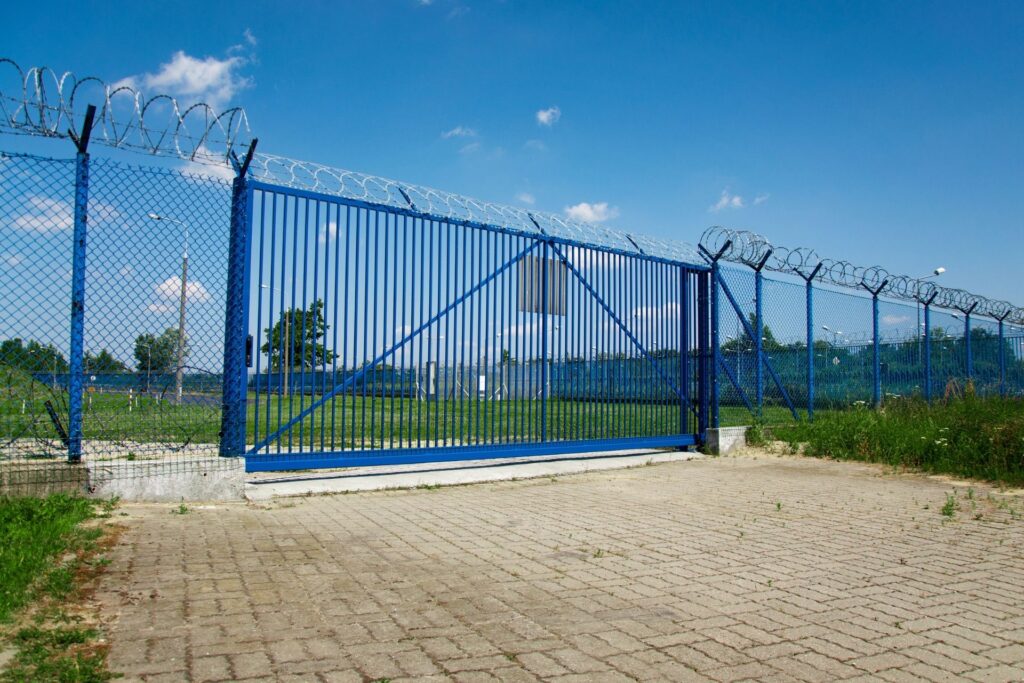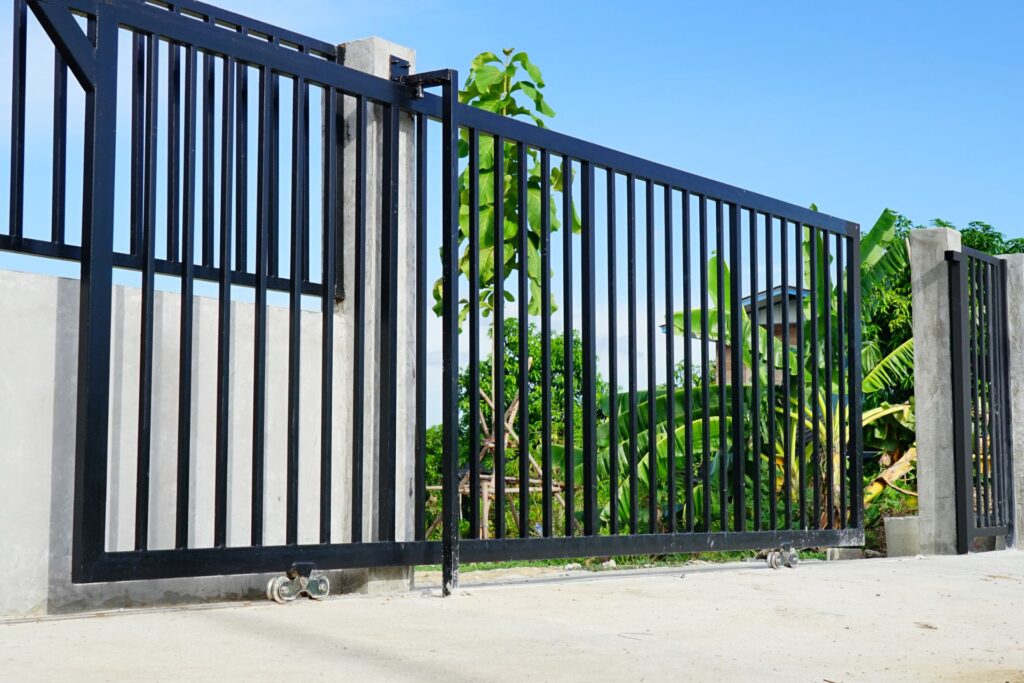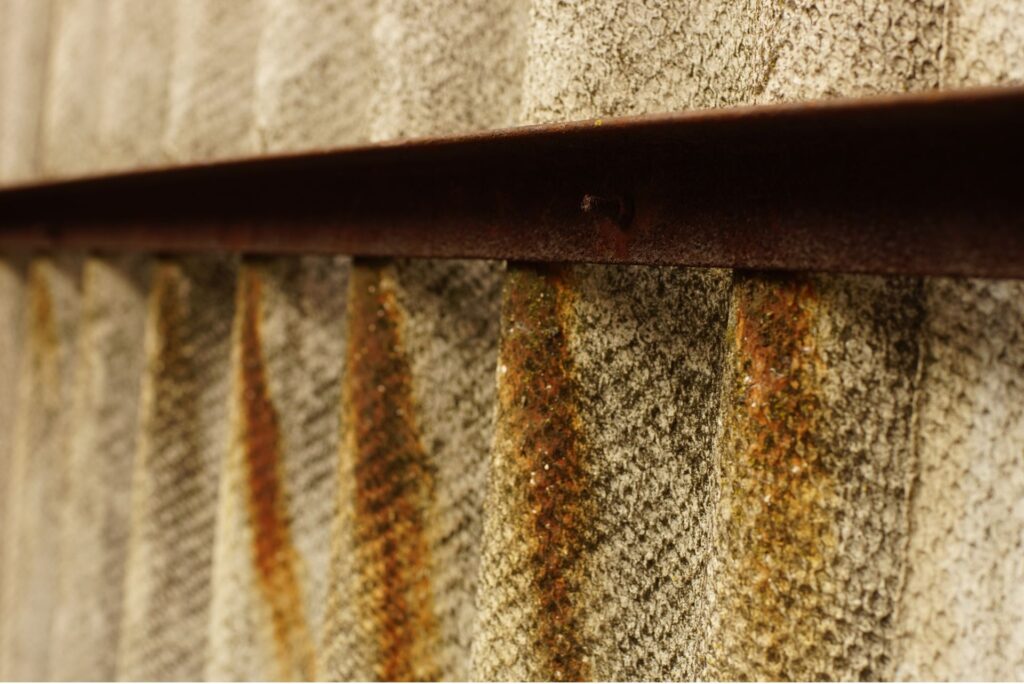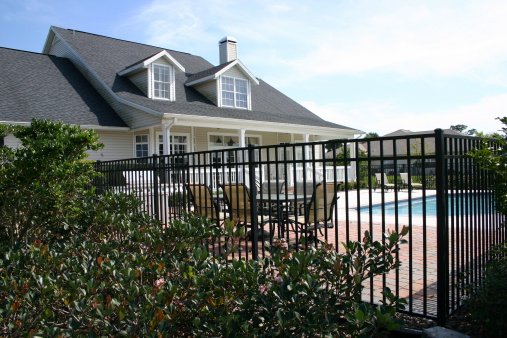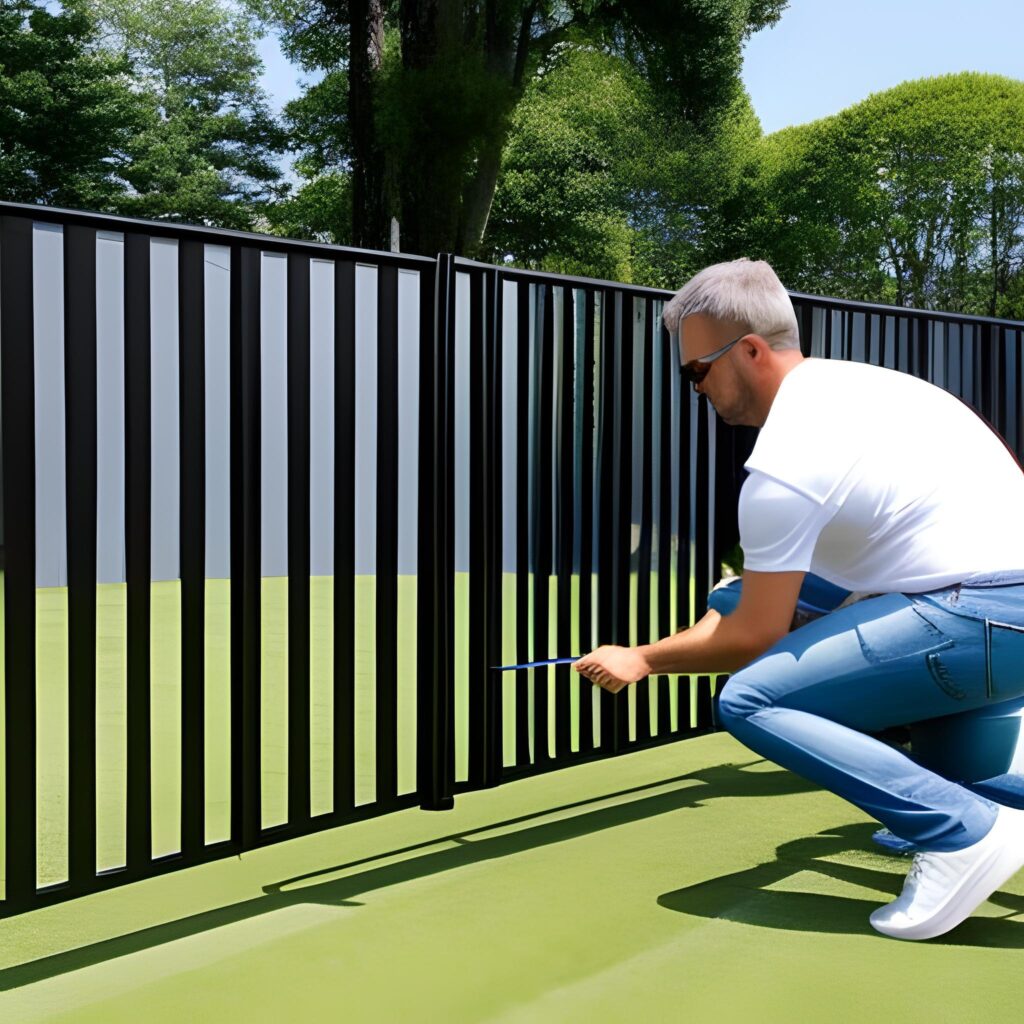Welcome to your ultimate guide on understanding the costs involved in fencing per meter in New Zealand. Whether you’re looking to enhance your home’s privacy, boost its security, or simply add a touch of aesthetic appeal, selecting the right fence is crucial. But, as with any home improvement project, one of the first questions that comes to mind is, “How much is this going to cost me?” Fear not, because we’re here to demystify the process, offering you a comprehensive breakdown of fencing costs across various materials and designs suited to the New Zealand landscape.
From the charming wooden picket fences that evoke a sense of home to the sturdy and sleek metal options that promise durability, we’ll explore the factors that influence these costs, legal considerations to keep in mind, and even tips on how to get the most value out of your investment. So, let’s dive into the world of fencing in New Zealand, where we aim to arm you with the knowledge needed to make informed decisions for your fencing project.
On average, wooden fences range from NZ$75 to NZ$120 per meter, while vinyl fences can cost between NZ$100 to NZ$250 per meter. Aluminum and steel options may set you back NZ$200 to NZ$350 per meter, and electric fences typically range from NZ$50 to NZ$120 per meter. These costs can be influenced by factors such as fence height, terrain, and labor costs. For an accurate estimate, consider the specific requirements of your project and consult with local fencing contractors.
The Basics Of Fencing In New Zealand
Fencing in New Zealand serves not just as a means of marking property boundaries but also as a statement of style and functionality. Whether you’re looking to enhance privacy, secure your property, or simply add aesthetic appeal, understanding the basics of fencing options, costs, and legal considerations is essential. This guide dives into the popular fencing types found across New Zealand, factors influencing fencing costs, and the legal groundwork necessary for installation.
Types of Fences Common in New Zealand
New Zealand’s diverse landscapes and architectural styles have led to a wide variety of fencing types, each offering unique benefits and aesthetic appeal. Here’s a closer look at some of the most popular options:
Wooden Fences: A timeless choice, wooden fences are versatile and can be customized to fit any property style. They offer a natural look that blends seamlessly with New Zealand’s stunning outdoor scenery.
Vinyl Fences: Known for their durability and low maintenance, vinyl fences are a modern alternative that resists weathering, decay, and pests, making them a long-lasting option.
Aluminium Fences: Lightweight yet strong, aluminium fences provide a sleek, contemporary look. They are corrosion-resistant, making them ideal for coastal areas.
Steel Fences: For those seeking maximum security and durability, steel fences are a robust option. They withstand harsh conditions and provide a high level of protection.
Electric Fences: Commonly used in rural areas to contain livestock, electric fences offer an effective solution for managing farm animals while ensuring their safety.
Factors Influencing Fencing Costs
Several factors contribute to the overall cost of fencing in New Zealand, making it crucial to consider these aspects when planning your project:
Material: The choice of material significantly impacts cost, with options like vinyl and steel generally being more expensive than wood.
Height and Length: Taller and longer fences require more materials and labor, increasing the overall expense.
Terrain: Installing a fence on uneven or difficult terrain can add complexity and cost to the project due to additional labor and equipment needed.
Labor: The cost of professional installation can vary widely, so it’s advisable to get multiple quotes to ensure competitive pricing.
Legal Considerations and Permissions
Before embarking on a fencing project, it’s important to be aware of local regulations and permissions:
Council Regulations: Check with your local council for any restrictions or requirements related to fence height, style, and placement. This is crucial to avoid potential fines or the need to modify or remove your fence later.
Neighbour Consultation: If the fence will be on a boundary line, discussing plans with your neighbors is not just courteous but often necessary under the Fencing Act, which outlines shared responsibilities and costs.
Building Permits: Depending on the size and type of fence, a building permit may be required. Ensuring compliance with local bylaws and obtaining necessary permits will save you from future legal complications.
In conclusion, selecting the right fence for your New Zealand home involves balancing aesthetic preferences, budget, and legal requirements. By understanding the types of fences available, factors influencing costs, and navigating legal considerations, you can make an informed decision that enhances the value and security of your property. Remember, a well-planned fencing project not only secures your property but also contributes to the beauty of New Zealand’s landscapes.
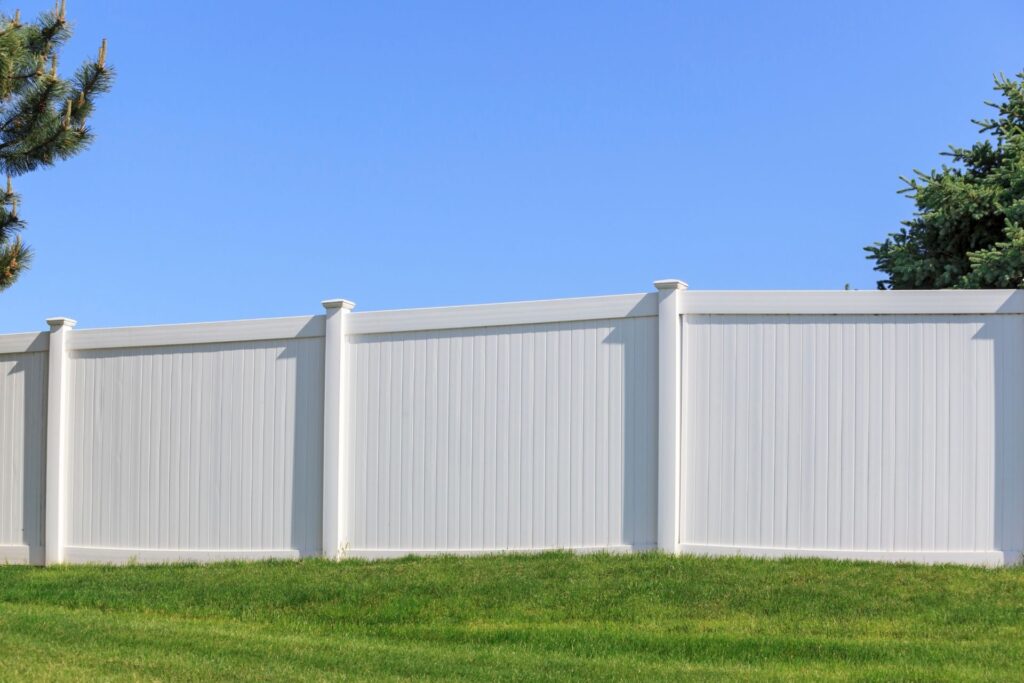
Average Fencing Costs Per Meter By Type
When considering the installation of a fence around your property, understanding the average costs per meter for various types of fencing can help you make an informed decision that aligns with your budget, aesthetic preferences, and maintenance willingness. This comprehensive guide provides an overview of the costs and considerations for wooden, vinyl, aluminum and steel, electric, and custom and specialty fences.
Wooden Fences
Wooden fences are a timeless choice that blends seamlessly into most landscapes and architectural styles. The cost range for wooden fencing varies significantly based on the type of wood, the complexity of the design, and regional pricing differences. On average, wooden fences can cost from a modest to a more premium range per meter. Their durability largely depends on the type of wood used, with some species being more resistant to rot, pests, and weather conditions than others. While wooden fences require regular maintenance such as painting or staining to maintain their appearance and longevity, their natural aesthetic can significantly enhance the beauty and value of a property.
Vinyl Fences
Vinyl fencing represents a more modern alternative, known for its durability, low maintenance requirements, and versatile design options. The cost range for vinyl fences is generally in the mid to high end per meter, reflecting their longer lifespan and the minimal upkeep needed. Vinyl fences do not need painting or staining and are resistant to rot, pests, and weathering, making them a cost-effective solution over time. The initial investment in a vinyl fence might be higher, but the long-term savings in maintenance and replacement costs can make it an attractive option for many homeowners.
Aluminum and Steel Fences
Aluminum and steel fences offer a sleek and modern look, with costs varying based on the material quality, design complexity, and installation requirements. Aluminum fencing tends to be more affordable and is appreciated for its rust resistance and relatively low maintenance, making it ideal for areas with harsh weather conditions. Steel fencing, while typically more expensive, is known for its strength and durability, offering enhanced security for a property. Both options require minimal upkeep beyond occasional cleaning and can provide a sophisticated perimeter for both residential and commercial properties.
Electric Fences
Electric fences are a practical solution for enhancing property security and are commonly used in agricultural settings to contain livestock. The costs for electric fencing include not only the materials but also the installation and operational considerations such as power sources and maintenance. While the per meter cost can vary, electric fences offer an effective deterrent for intruders and can be customized to fit various property sizes and shapes. Operational considerations, including regular checks and maintenance, are essential to ensure the fence’s effectiveness and safety.
Custom and Specialty Fences
For those seeking a unique or specific design that reflects personal style or meets particular needs, custom and specialty fences are an option. The costs for these fences can vary widely depending on the materials used, the complexity of the design, and the craftsmanship required. While custom fences can significantly enhance a property’s aesthetic and value, it’s important to consider the potential higher costs and maintenance requirements associated with unique materials or intricate designs.
In summary, selecting the right type of fence for your property involves balancing cost, aesthetics, durability, and maintenance. Whether you prefer the natural beauty of wooden fences, the durability and low maintenance of vinyl, the modern appeal of aluminum or steel, the security of electric fences, or the uniqueness of custom designs, understanding the average costs per meter for each type can guide your decision towards a fencing solution that meets your needs and budget.
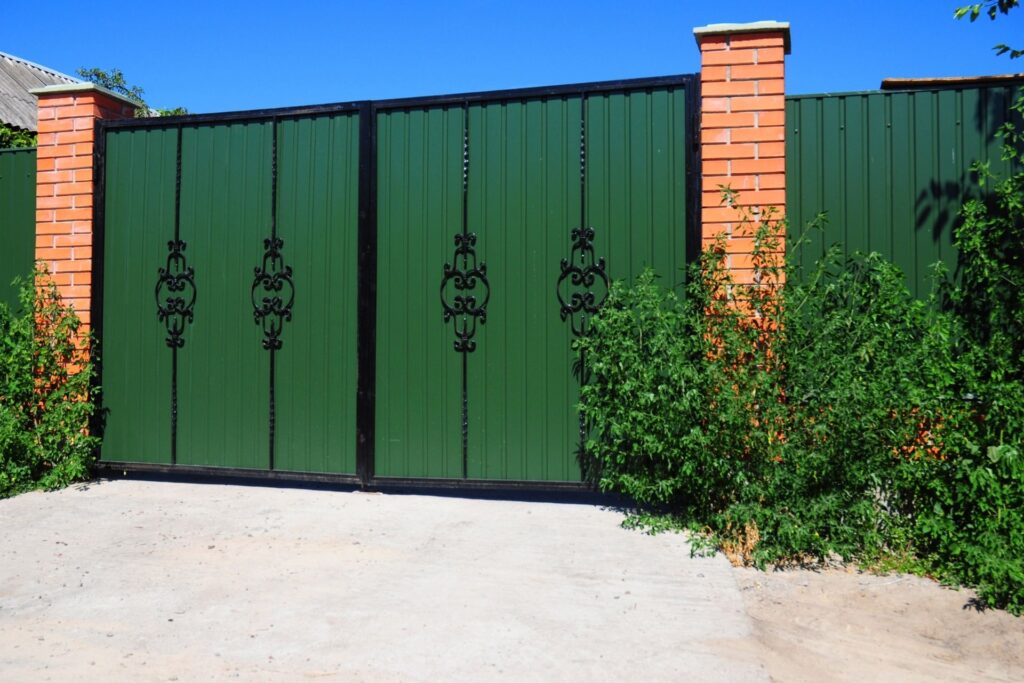
Calculating Your Fencing Project Costs
Embarking on a fencing project can be an exhilarating yet daunting task. It’s not just about selecting the perfect design or material; understanding and calculating the costs involved play a pivotal role in the planning phase. In this guide, we delve deep into the essentials of calculating your fencing project costs, ensuring you’re well-equipped to make informed decisions. Let’s break down this section into digestible, actionable steps.
Measuring Your Property
The first step towards a successful fencing project is accurately measuring your property. This foundational task determines the scope of your project and, by extension, a significant portion of the cost. Here are some tips to ensure you get this step right:
Use the Right Tools: A tape measure, wheel measure, or laser measure can provide accurate results. Choose the tool that best suits the size of your property and your comfort level.
Understand the Layout: Take time to study your property’s layout. Consider natural obstacles, slopes, and any existing structures that might affect the fence line.
Plan for Gates and Corners: Remember to account for gates and corners in your layout. These elements often require extra materials and labor, impacting your overall budget.
Consult Property Lines: To avoid disputes, ensure your planned fence aligns with legal property lines. Consulting a surveyor or reviewing property documents can provide clarity.
Cost Estimation Tools and Resources
With your property measured, the next step is to estimate the costs. Thankfully, numerous online tools and resources can provide a rough estimate, helping you budget effectively:
Online Calculators: Many fencing companies and home improvement websites offer free online calculators. Inputting your measurements and preferred materials will yield an estimated cost.
Resource Guides: Look for comprehensive guides and articles that break down the costs of different fencing materials, labor rates, and additional expenses like gates or decorative elements.
DIY vs. Professional Costs: Consider exploring resources that compare the costs of DIY fencing projects versus hiring professionals. This comparison can help you decide the best route based on your budget and skill level.
Getting Quotes from Contractors
While online tools provide a good starting point, obtaining quotes from multiple contractors will give you a more accurate picture of your project’s cost. Here’s how to approach this crucial step:
Seek Multiple Quotes: Contact several fencing contractors to get a range of estimates. This variety allows you to understand the market rate and negotiate better.
Evaluate Contractor Credentials: Don’t just focus on the price. Assess each contractor’s experience, and reputation, and provide warranties. Online reviews and references can offer valuable insights.
Understand the Quote: Ensure the quotes include all potential costs, such as materials, labor, permits, and any additional fees. A detailed quote prevents surprises down the line.
By following these steps, you’re setting the stage for a well-planned and budgeted fencing project. Remember, thorough preparation and informed decision-making are your best tools in achieving a fence that meets your needs and enhances your property’s value and appeal. Whether you’re a first-time homeowner or a seasoned DIY enthusiast, understanding how to calculate your fencing project costs is a skill that pays dividends.
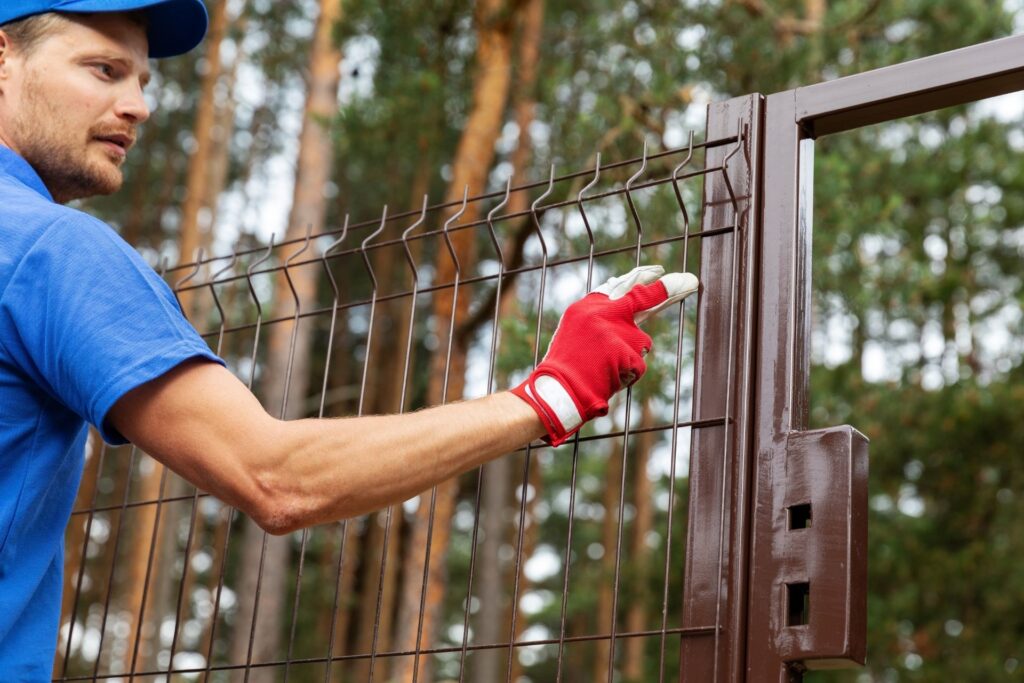
Reducing Your Fencing Costs
In the realm of home improvement, the installation of a fence not only enhances the curb appeal of your property but also provides security and privacy. However, the cost associated with fencing can be a significant concern for many homeowners. In this detailed guide, we’ll delve into effective strategies for reducing your fencing costs, focusing on three pivotal aspects: DIY vs. Professional Installation, Material Choices and Cost Savings, and Maintenance and Long-Term Cost Efficiency.
DIY vs. Professional Installation
When it comes to installing a fence, one of the first decisions you’ll need to make is whether to embark on a DIY project or hire a professional. Both options have their pros and cons in terms of costs and outcomes, making it crucial to weigh them carefully.
DIY Installation can be a cost-effective solution for those who are handy and have some experience with home improvement projects. The primary advantage of going DIY is the savings on labor costs, which can constitute a significant portion of the overall fencing project expense. However, it’s essential to consider the learning curve and the time investment required. Mistakes can also be costly, both in terms of materials and the need to redo parts of the project.
Professional Installation, on the other hand, offers the expertise and efficiency that come with hiring experienced contractors. Professionals can ensure that the job is done right the first time, potentially saving you from costly mistakes. They can also complete the project much faster than a DIY enthusiast. The downside, of course, is the higher upfront cost due to labor charges.
Material Choices and Cost Savings
The choice of fencing material is another critical factor that can significantly affect your project’s cost. Materials vary widely in price, appearance, durability, and maintenance needs, making it vital to select one that aligns with your budget and long-term expectations.
Wood is a traditional choice that offers a classic look but requires regular maintenance to prevent rot and decay.
Vinyl fencing, while more expensive upfront, offers a maintenance-free solution with a long lifespan.
Aluminum and steel provide durable and low-maintenance options, though they can be pricier.
Chain-link fences are the most cost-effective but offer less privacy and aesthetic appeal.
Choosing a material that fits your budget while meeting your needs for privacy, security, and aesthetics is essential. Sometimes, mixing materials based on the fence’s location and purpose can also lead to cost savings without compromising on overall quality.
Maintenance and Long-Term Cost Efficiency
Proper maintenance plays a crucial role in extending the lifespan of your fence and ensuring its continued efficacy and appearance. While some materials require more upkeep than others, investing time and effort into regular maintenance can prevent costly repairs or replacements down the line.
Wood fences need to be cleaned, stained, or painted regularly to protect against the elements.
Vinyl and metal fences may require occasional cleaning with soap and water to maintain their appearance.
Chain-link fences should be inspected for rust or damage, which can be addressed with minimal expense.
By choosing materials that are appropriate for your climate and diligently maintaining your fence, you can maximize its longevity and functionality, leading to significant long-term cost savings.
In conclusion, reducing your fencing costs without compromising quality involves careful consideration of the installation method, material choice, and maintenance practices. By exploring DIY options, selecting the right materials for your needs and budget, and committing to regular upkeep, you can achieve a beautiful, durable fence that enhances your property for years to come.
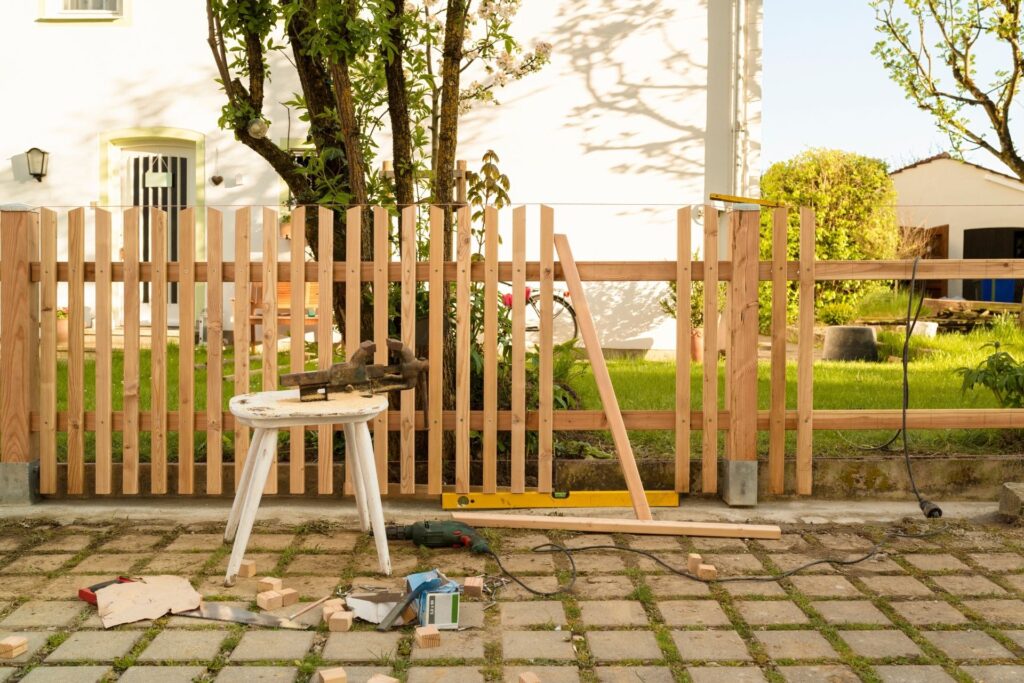
Financing And Budgeting For Your Fence
When embarking on a fencing project, setting a realistic budget is the first crucial step. It ensures that the project is financially manageable and can be completed without unnecessary stress or overspending. Here are key strategies to help you plan your budget:
Assess Your Needs vs. Wants: Begin by distinguishing between what you need from your fence (privacy, security, animal containment) and what you want (specific materials or designs). This will help prioritize spending.
Get Multiple Quotes: Contact several fencing contractors for quotes. This not only gives you a ballpark figure of the cost but also allows you to compare prices and services.
Consider the Total Cost: Beyond the fence itself, include costs such as gates, hardware, and any necessary landscaping changes in your budget.
Set Aside a Contingency Fund: Unexpected costs can arise. Having a contingency fund of around 10-15% of the total estimated budget can cover unforeseen expenses.
DIY vs. Professional Installation: Evaluate the costs and benefits of DIY installation versus hiring professionals. Remember, DIY can be cheaper but might not guarantee the quality and durability provided by experienced contractors.
Financing Options in New Zealand
For many homeowners in New Zealand, financing the fencing project might be necessary. Here’s an overview of potential financing options available:
Saving: Using savings to finance your fencing project is the most cost-effective option, avoiding interest rates and fees associated with loans.
Home Equity Loan: If you have equity in your home, a home equity loan can be a way to finance your fencing project at a lower interest rate.
Personal Loan: Banks and financial institutions offer personal loans that can be used for home improvement projects like fencing. These usually come with fixed interest rates and repayment periods.
Credit Cards: For smaller projects, or to cover part of the project, credit cards might be an option. Be cautious of high-interest rates.
Government Grants and Subsidies: Look into any local government grants or subsidies for home improvements that could apply to fencing projects.
Budgeting and financing a fencing project in New Zealand requires careful planning and consideration of the available options. By following these tips and exploring various financing routes, homeowners can ensure that their fencing project is both successful and financially sustainable. Always remember to consult with financial advisors or professionals to make informed decisions tailored to your personal financial situation.
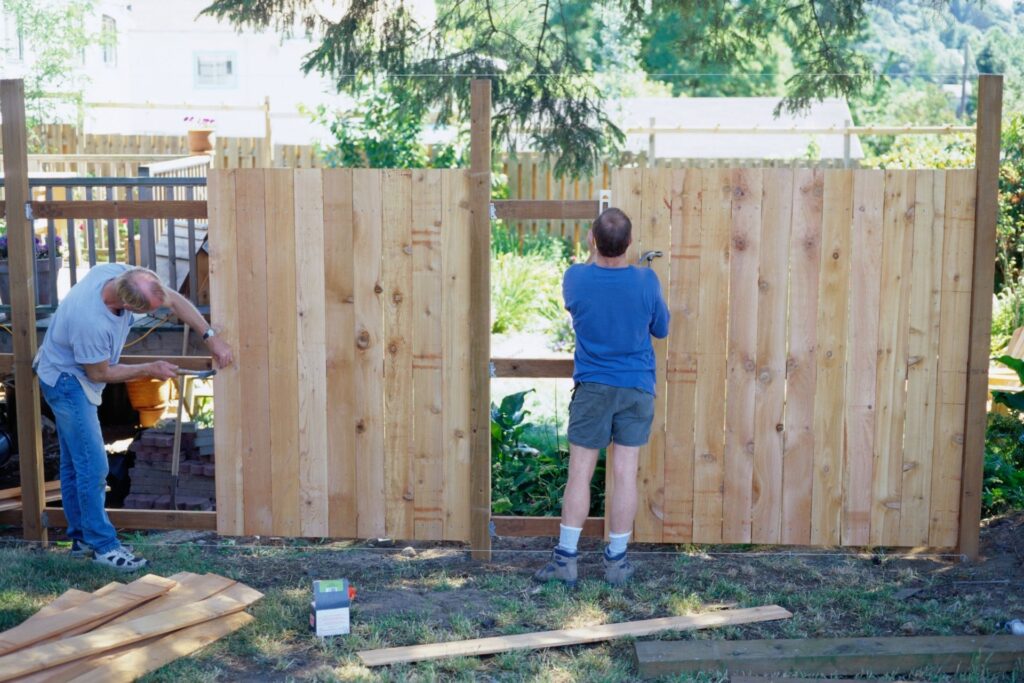
What To Expect During The Installation Process
Embarking on a fence installation project can be both exciting and daunting for homeowners. Understanding the process, from preparation to completion, is key to ensuring a smooth experience. Below, we break down what to expect, focusing on the timeline and preparation required, as well as common challenges you might face and how to effectively deal with them.
Timeline and Preparation
Setting Realistic Expectations: The journey to a new fence begins with setting realistic timelines and preparing adequately. Generally, the fence installation process can take anywhere from a few days to a couple of weeks, depending on factors such as the size of the area, the type of fence, and weather conditions. It’s important for homeowners to have a clear timeline from their contractors to plan accordingly.
Preparation is Key: Before the actual installation kicks off, there are a few crucial steps homeowners should undertake:
Permitting: Ensure you have all the necessary permits. This varies by location and the type of fence, so check with your local authorities.
Utilities: Have utility companies mark out underground lines to avoid any mishaps during installation.
Clearing the Area: Clear any debris, rocks, and vegetation along the fence line to facilitate easier installation.
Neighborly Courtesy: If the fence will be along a boundary line, communicate with your neighbors about your plans to avoid any disputes.
Dealing with Challenges
Anticipating the Unexpected: Even with thorough preparation, challenges can arise. Here are common issues and how to handle them:
Weather Delays: Inclement weather can halt progress. While frustrating, it’s important to maintain flexibility and understand that these delays are often for the safety of the installation crew.
Discovering Underground Obstacles: Sometimes, unforeseen underground obstacles like large rocks or roots can complicate installation. In these cases, patience and possibly adjusting the fence line or design may be necessary.
Permit and Regulation Hurdles: Navigating local regulations and permits can be tricky. If you encounter any issues, your contractor should be able to provide guidance on how to proceed or make the necessary adjustments.
Installing a fence is a significant project that requires careful planning and preparation. By understanding the typical timeline, preparing your property, and knowing how to navigate potential challenges, you can ensure a smoother installation process. Remember, communication with your contractor and neighbors plays a crucial role in the success of your project. With the right approach, you’ll soon be enjoying the privacy, security, and aesthetic appeal of your new fence.
In crafting this guide, the aim is not only to demystify the fence installation process but also to empower homeowners with the knowledge they need to approach their projects with confidence. By addressing common questions and concerns in a friendly, conversational manner, this article stands as a helpful resource for anyone looking to enhance their home with a new fence.

FAQs: About Fencing Costs Per Meter In New Zealand
Conclusion
In wrapping up our comprehensive guide on fencing projects, it’s essential to emphasize the importance of meticulous planning and research. From selecting the right materials and design that complement your property and meet your needs for privacy and security, to understanding and adhering to local regulations, and ensuring professional installation each step is critical to the success of your project.
We’ve covered everything you need to know to make informed decisions, highlighting the significance of choosing materials that balance aesthetics with functionality, the importance of legal compliance to avoid future disputes, and the value of expert installation for a durable, satisfying outcome.
As you embark on this journey, remember that a well-thought-out fencing project not only enhances your property’s curb appeal and security but is also an investment in your home’s value and quality of life. This guide aims to equip you with the knowledge to approach your fencing project with confidence, ensuring it delivers the best possible value and satisfaction. By considering all aspects discussed, you’re setting the stage for a transformative addition to your property.
About the Author:
Mike Veail is a recognized digital marketing expert with over 6 years of experience in helping tradespeople and small businesses thrive online. A former quantity surveyor, Mike combines deep industry knowledge with hands-on expertise in SEO and Google Ads. His marketing strategies are tailored to the specific needs of the trades sector, helping businesses increase visibility and generate more leads through proven, ethical methods.
Mike has successfully partnered with numerous companies, establishing a track record of delivering measurable results. His work has been featured across various platforms that showcase his expertise in lead generation and online marketing for the trades sector.
Learn more about Mike's experience and services at https://theleadguy.online or follow him on social media:

